After a quick breakfast (sadly no coffee wake up call), and then I was off with a different guide/driver, Brian. The Chinese left, and the others had a different driver. We drove back 40 mins to the gate, then north into the edge of Moremi. Not as much damage by elephant here; the broad sweeps of grass with large thorny acacia and mopani trees are lovely, more to my taste.
Wild life is skittish, perhaps they don’t see enough traffic? And I am slow to shoot. We saw: elephant, giraffe, impala, kudu, the buzzard, a tawny eagle, and several hornbills. And I was told a lot about the area eg the guinea fowl feathers weigh more than the bird, the termite mounds are used as rubbing posts by elephant, the double leaf of the Mopani closes in heat so provides little shade, the bones of animals are a source of calcium for others, the long flexible stems of the knobby bush are used as springs for bird traps. We were back at 11 for lunch and now a rest time. I have had enough of bumpy drives, so this afternoon better be good!
As I wrote this a dust devil came past with a roar and in a rush, lifting the leaves. The heat beats down and reflects off the hot sand. I sit outside my tent to get the slightest breeze. The Mopani form a pattern of black and grey, the sparse yellow grass and a few green thorn bushes the only colour. Beyond is the edge of the pan; somewhere just out of sight the elephants continue to harass the warthogs. A cold shower may be in order though the saline water makes for an oily feel.
Brian drove me alone again through the dry forest, brown Mopani leaves litter the ground. Many trees are broken due to the elephants. He stopped at an aardvark hole, telling me it is often taken over by warthogs that back down, and also snakes. We saw the kori bustard, sand grouse, and the nests of white buffalo weaver.
The greenest trees are the shepherd trees (Boscia albitrunca) a common tree of the Kalahari. A specimen found in the central Kalahari in 1974 had roots extending to 68 m (223 ft) deep, making it the plant with the deepest known root. The crown is often browsed by grazers, so it is also an important source of food.
The waterholes (pans) are deepened over time as mud is removed by elephants feet.
A grey lourie called it’s well known loud and nasal “kweh” or “go-way” call, with the last syllable typically a descending drawl.Known as the go-away bird or kwêvoël, it is a common bold bird of southern Africa. They are present in arid to moist open woodlands and thorn savannah, especially near surface water, forming groups as large as 30, that forage in tree tops, or dust-bathe on the ground. Though their flight is rather slow and laboured, they can cover long distances. Once in the open tree tops they display agility as they run along tree limbs and jump from branch to branch in search of fruit and insects near the tree tops.
We had sunset drinks round the camp fire (cool at night), watching the light fade on the pan. Some had night vision gear where we could vaguely see the animals in the dark.
The owner of the camp arrived with his family, but kept to themselves. Also a young S American guide (who met David Loyd in London) with an older USA client, and a USA couple from my next camp, Xobega. I set up the tripod later to shoot the moon through the trees, not easy, and then packed in low light run off solar power batteries, to leave early.










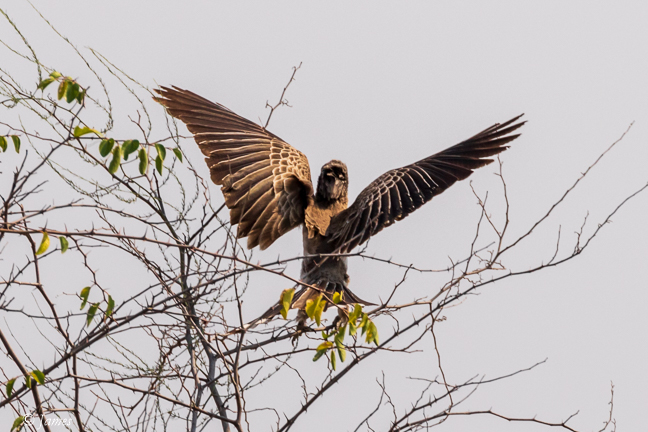





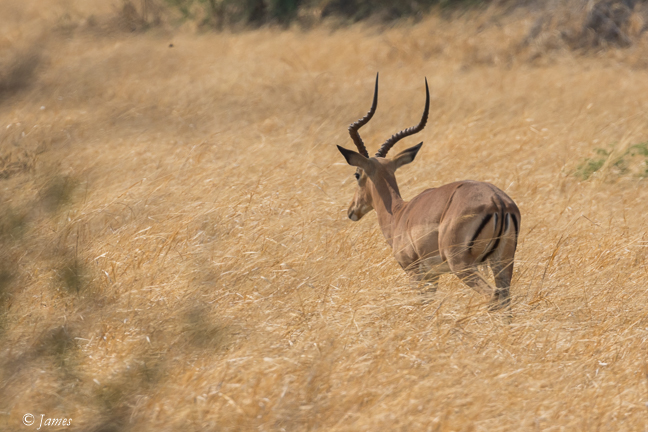
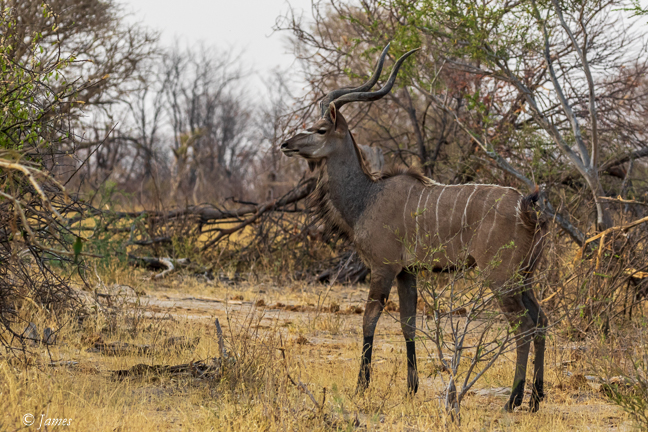

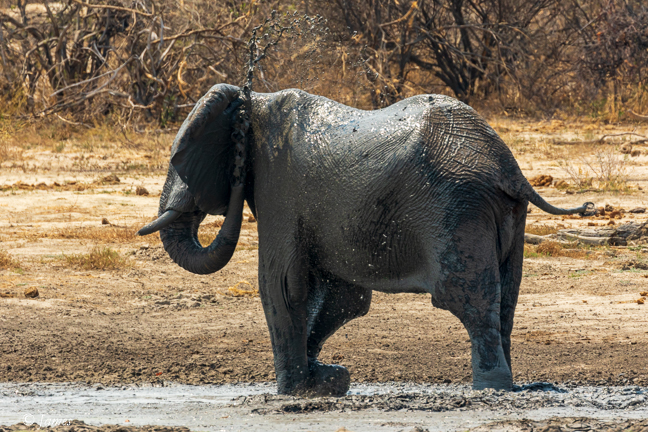





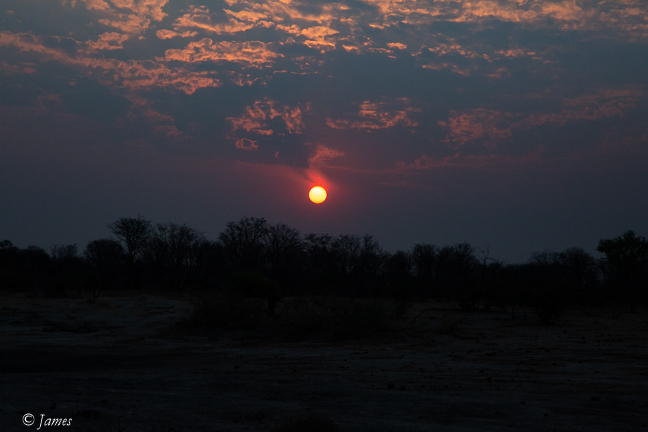
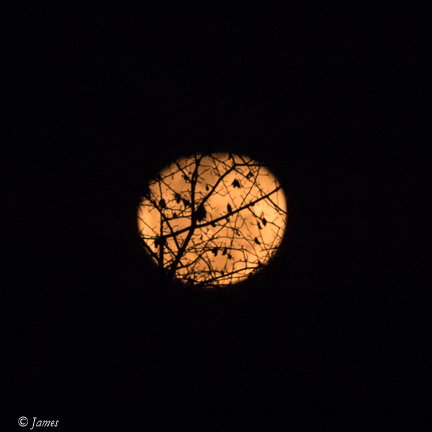

Sounds like the elephants really don’t like the warthogs! I really don’t think I’d cope in that heat. Unbearable. Interesting facts. I understand the calcium but how do they eat it? And the termite mounds must be very strong if elephants rub up against them!
They lick and crunch the bone